Food debates can get weirdly intense. Pineapple on pizza? Endless arguments. Ketchup on steak? Instant chaos. But there’s one showdown that’s sneakily lurking in your kitchen—and it’s raw vs. cooked.
Some foods are straight-up nutritional superheroes when they’re raw. Others? They need a little heat to shine. Think of it like a superhero movie: some characters work best solo, while others need the drama, the fire, the glow-up that only a sizzling pan can bring.
We’re breaking down which foods belong in your salad bowl and which ones are begging for the stovetop spotlight. It’s not just about taste—it’s about getting the most out of every bite.
1. Spinach
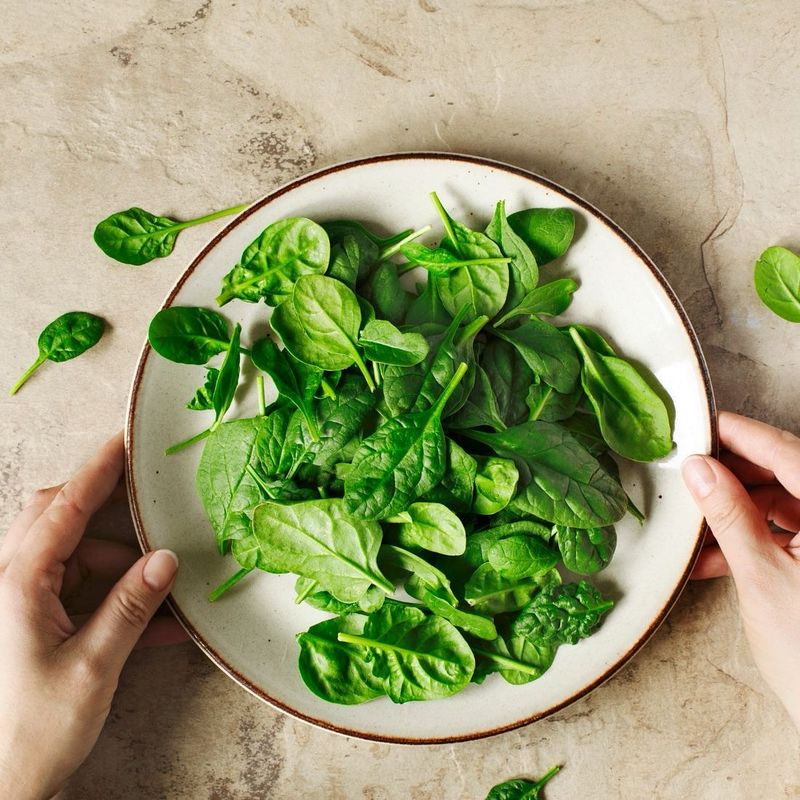
When it comes to spinach, raw is the way to go for a folate and vitamin C boost. Heat can be a tricky adversary, stripping these delicate nutrients away before they can do their good work.
Toss a handful of raw spinach into your salad for a refreshing crunch and a nutritious punch. The tender green leaves look inviting and add a lush texture to any dish. Plus, you’ll be getting more iron absorption, vital for keeping your energy levels high.
So, next time you’re whipping up a meal, remember that raw spinach is like a nutritional powerhouse waiting to invigorate your body. Embrace spinach’s raw charm, and let it elevate your meals with its subtle flavor and vitamin-packed goodness.
2. Red Bell Peppers

Nothing beats the sweet crunch of red bell peppers enjoyed raw. These beauties are a powerhouse of vitamin C, and munching them uncooked ensures you receive this bomb of nutrition.
Pair them with hummus for a delightful and colorful snack that feels like a treat. Cooking can slash their vitamin C content in half, so keeping them raw is a smart choice. Their crisp texture and vivid color make them a perfect addition to salads and veggie platters.
Raw red bell peppers don’t just offer taste; they bring a juicy, hydrating crunch that’s as satisfying as it is nutritious. So, next time you’re in need of a snack, let these red wonders play the leading role!
3. Onions

Raw onions might bring tears to your eyes, but they also deliver a hearty dose of allicin. This compound packs heart-protective benefits and adds a zesty kick to your dishes.
When consumed raw, onions retain their robust flavor and health-promoting properties. Cooking them, though, can strip away some of these unique advantages, leaving you with a milder taste. Layer them in sandwiches, salads, or atop tacos for an extra crunch and health boost.
The pungent aroma and intense flavor of raw onions add an undeniable excitement to your meals. They’re a staple in kitchens everywhere, so embrace their raw power and let your taste buds dance with delight!
4. Nuts (like Almonds and Walnuts)
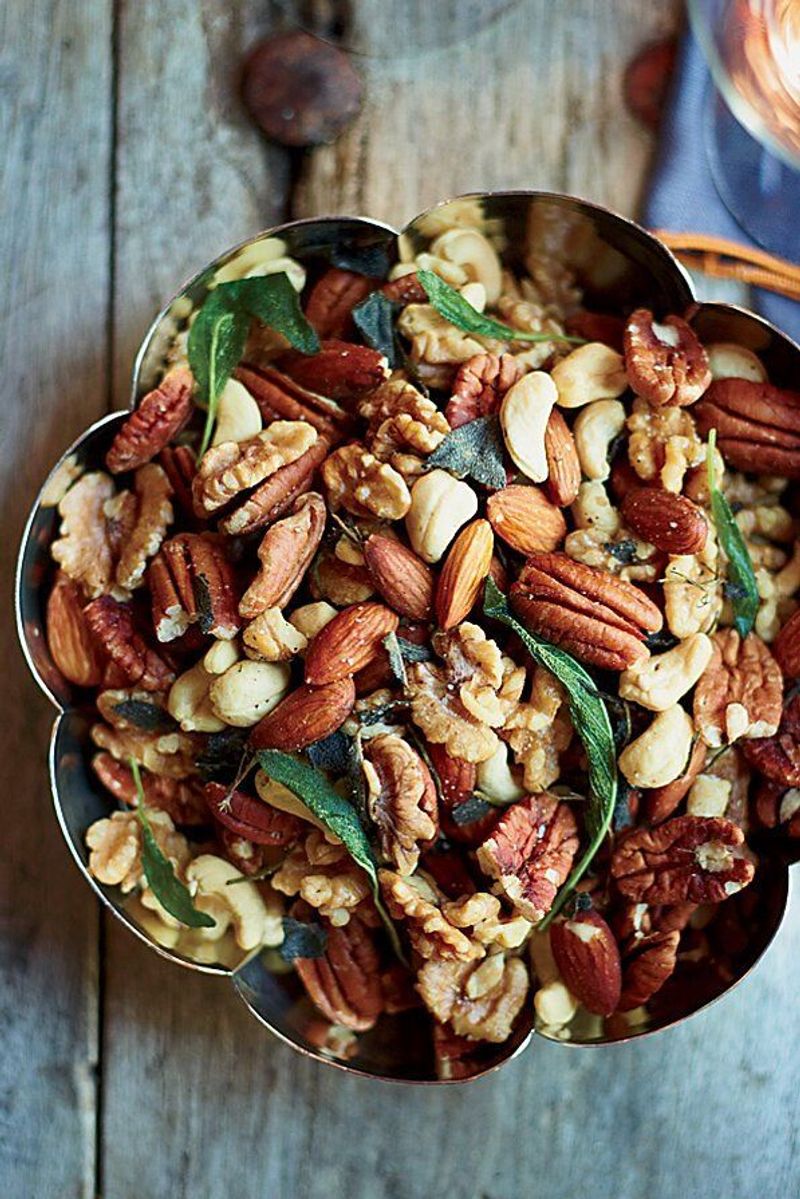
Raw nuts, such as almonds and walnuts, are more than just a crunchy snack. They’re packed with antioxidants, especially vitamin E, that diminish once heat enters the equation.
Enjoy them raw to capture their full potential, ensuring each bite is as beneficial as possible. Be mindful to choose safe, unpasteurized nuts to get the maximum nutritional benefits.
Their rich, natural flavors make them a delightful addition to your snack repertoire. Mix them into your morning oatmeal or salads for an added crunch that’s as nutritious as it is satisfying.
Enjoying raw nuts is like holding a tiny treasure of health in your hand, perfect for munching on the go or a mindful snack at home.
5. Cabbage
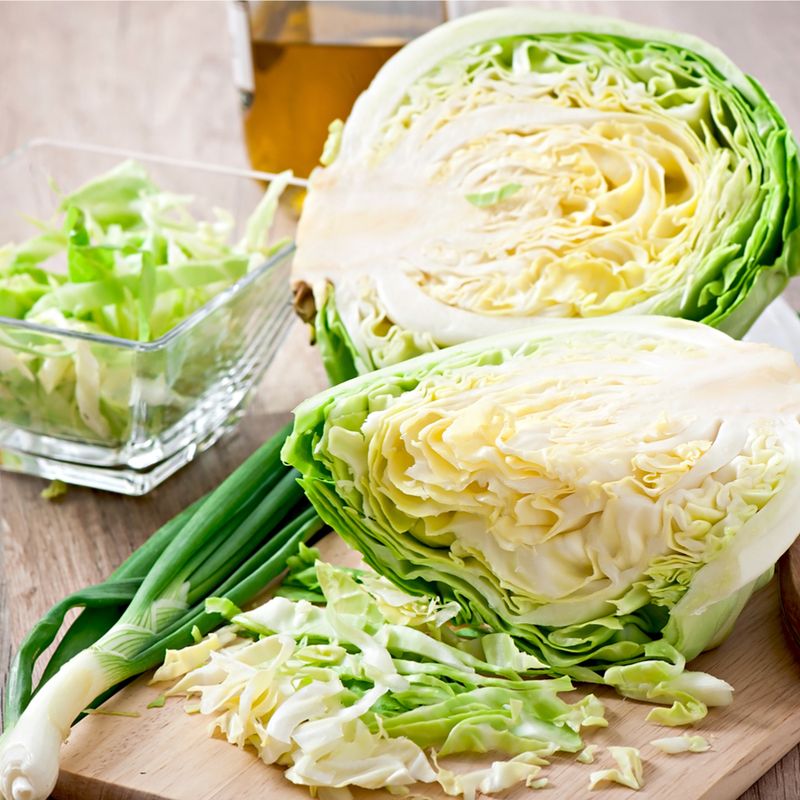
Raw cabbage might not sound like the most exciting veggie, but it’s a crunchy delight that’s rich in glucosinolates, compounds that offer cancer-fighting benefits.
Shred it up and toss it into a slaw or salad to enjoy its health perks and crisp texture. Cooking cabbage can reduce these beneficial compounds, so keeping it raw ensures you’re maximizing its potential. The satisfying crunch and refreshing taste make it a great base for many dishes.
With its subtle flavor and firm texture, raw cabbage is versatile and ready to bring a fantastic crunch to your meal. So next time you’re meal-prepping, remember that raw cabbage is more than just a salad filler—it’s a nutritional hero!
6. Garlic
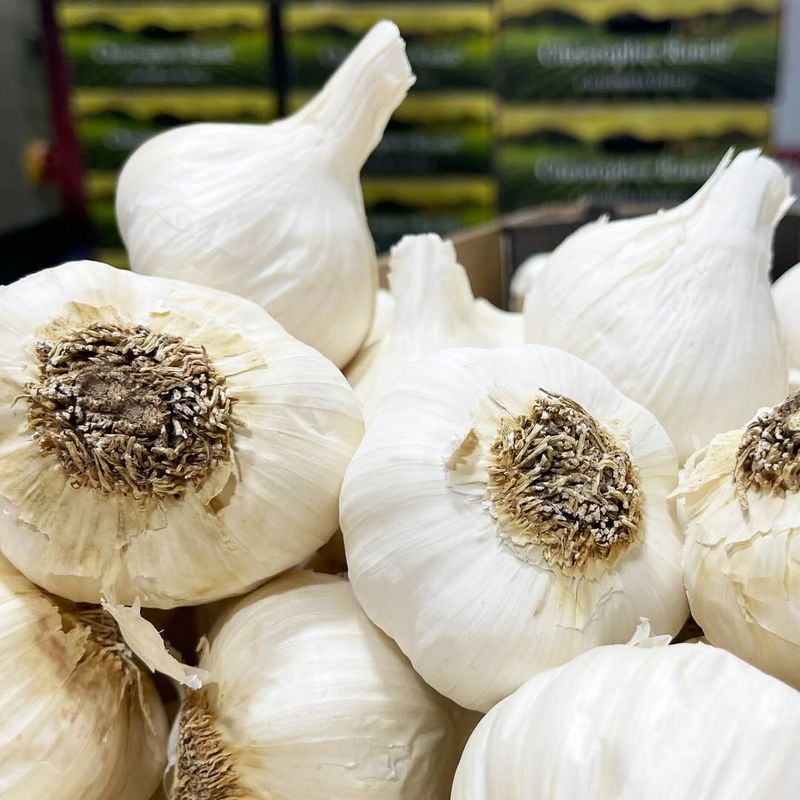
Raw garlic doesn’t just ward off vampires; it’s also a champion when it comes to allicin content. This compound is at its peak when the garlic is raw and crushed.
Use it to amp up dressings, or rub it raw on toast for a bold, health-boosting bite. The pungent aroma and spicy flavor can wake up any dish, providing a real depth of taste and nutrition. Cooking might mellow these qualities, but raw garlic keeps them intact.
With every clove carrying a punch of flavor and benefits, raw garlic is a culinary powerhouse. Embrace its boldness and let it infuse your meals with its unique character and health benefits.
7. Broccoli
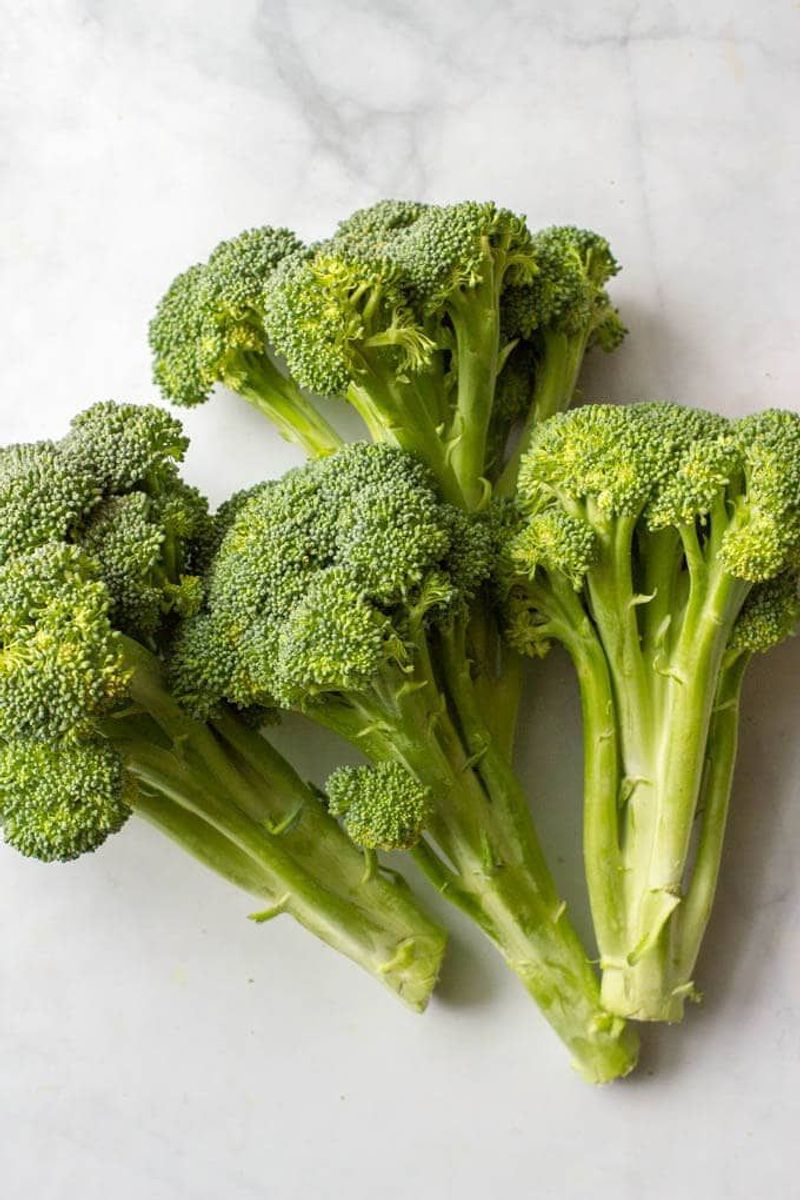
Broccoli is brighter and bolder when raw, preserving higher levels of sulforaphane, a powerful antioxidant. This nutrient is sensitive to heat, so keeping those florets raw means you’re maximizing their health benefits.
Add raw broccoli to salads for a nutritious crunch, or pair with a dip for a healthy snack option. The vibrant green color makes it not only a treat for the palate but also a feast for the eyes. Raw broccoli brings a fun texture and fresh flavor to any plate.
Let it take center stage in your meals, and enjoy the burst of nutrients it provides with every bite.
8. Beets
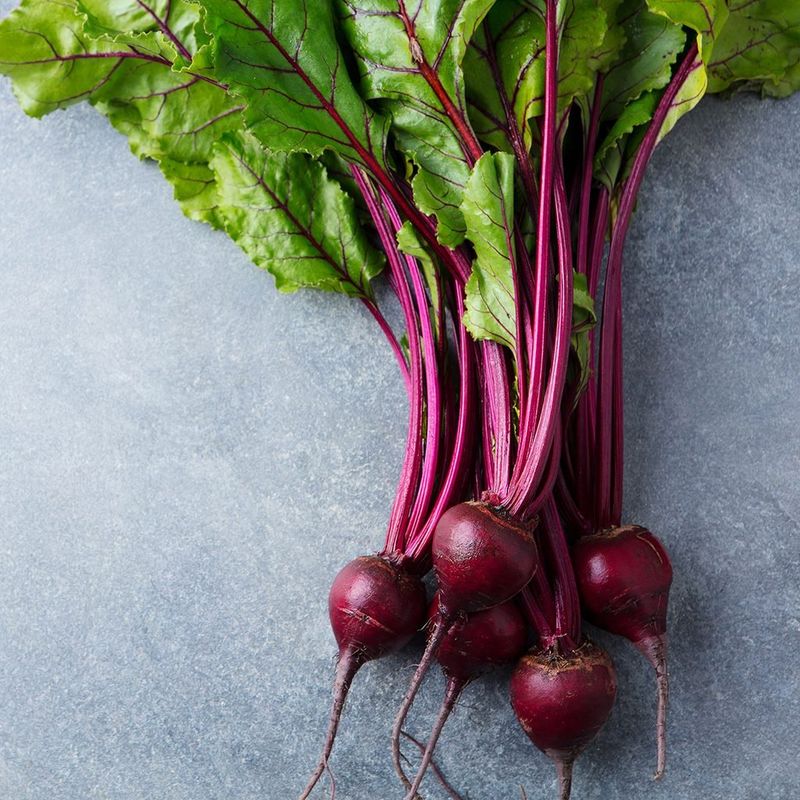
Raw beets bring an earthy sweetness to the table, packed with folate, fiber, and betalains—antioxidants that tend to diminish when cooked. Grate them into salads or smoothies for a boost of vibrant color and nutrition.
The intense flavor and bold color add excitement to any dish. Cooking can mute these qualities, so enjoying them raw allows you to savor their full potential. Every bite of raw beet is like tasting a piece of the earth, rich and satisfying.
Let them add a splash of color and a heap of nutrients to your mealtime routine.
9. Carrots

Raw carrots offer a satisfying crunch and a full hit of nutrients, even as cooking can slightly reduce their vitamin C content.
Munching on them raw means enjoying their natural sweetness and crisp texture. Their bright orange hue is a visual treat as much as it is a nutritional one. Raw carrots are versatile, perfect for snacking on the go or adding to salads and veggie trays.
With every bite, raw carrots deliver the essence of freshness and health, making them a staple in any diet that values flavor and nutrition. Keep them raw to enjoy their true, untamed nature.
10. Zucchini
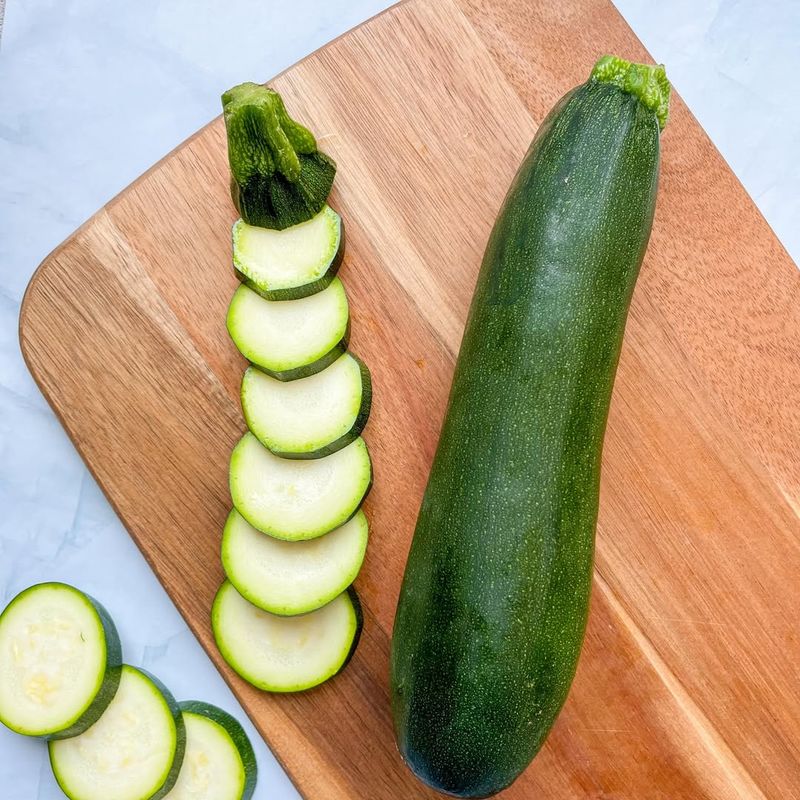
Raw zucchini is mild, refreshing, and full of life, offering enzymes and vitamin C that cooking often destroys. Slice it into ribbons or rounds for salads or veggie platters, and enjoy its subtle yet satisfying crunch.
Cooking might soften its texture, but raw zucchini maintains a delightful crispness that complements many dishes. Its gentle flavor opens a world of possibilities, from salads to raw pasta dishes.
Let raw zucchini refresh your palate and nourish your body, standing as a testament to the simple joys of raw foods. It offers an understated elegance in every bite, bringing a light and healthy touch to your culinary creations.
1. Tomatoes

Cooking tomatoes amplifies their lycopene content, a robust antioxidant linked to reduced cancer and heart disease risk.
This transformation makes them a fantastic addition to sauces, stews, and soups, where their rich flavor can truly shine. Raw tomatoes are delicious, yet the cooked versions bring an intensified taste and boosted nutritional profile.
Let simmering unlock their potential, turning them into a culinary essential. Embrace the transformation that heat brings to tomatoes, and let their cooked richness enhance your favorite dishes with a deeper, more complex flavor.
2. Mushrooms
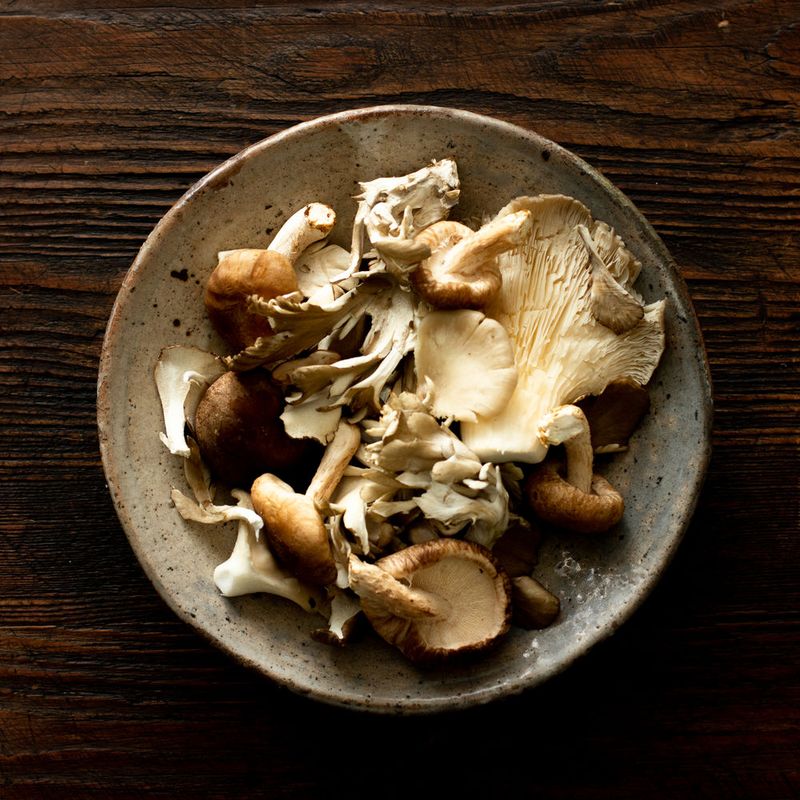
Mushrooms, when cooked, become a nutrient treasure trove. The heat breaks down their tough cell walls, making antioxidants like ergothioneine more accessible.
Plus, cooking ensures any toxins are safely eliminated, giving you peace of mind with every delicious bite. Their earthy flavor deepens with cooking, offering a complex taste that raw mushrooms can’t match. Add them to stir-fries, pastas, and soups for a rich, umami punch.
Cooking transforms mushrooms into a culinary delight, enhancing their texture and unlocking a world of flavors. Let them be the secret ingredient that takes your meals to new heights.
3. Spinach (Yes, again!)

While raw spinach is great for folate, cooking it dramatically reduces oxalates, compounds that can interfere with calcium and iron absorption.
This makes the cooked version a brilliant choice for those looking to optimize nutrient intake. The tender, wilted leaves bring a different texture and taste, offering versatility in dishes like soups and pastas.
Let spinach surprise you in its cooked form, bringing warmth and a hearty dose of nutrients that are more accessible to your body.
4. Asparagus

Cooking asparagus not only makes its tough fibers easier to digest but also boosts antioxidant activity, especially ferulic acid.
Roasted or steamed, asparagus transforms from a rigid shoot into a tender, flavorful spear. The gentle heat brings out a sweetness that’s hidden in the raw form, turning it into a delicate side dish or a main event in its own right.
Let the cooked asparagus elevate your dining experience with its tender texture and enhanced nutritional profile.
5. Carrots (Yep, it goes both ways!)

Cooking carrots increases the availability of beta-carotene, a precursor to vitamin A, essential for eye health and glowing skin.
Their natural sweetness is amplified with heat, making them a lovely addition to any meal. Roasted or steamed, cooked carrots bring warmth and comfort to the table, with a texture that’s wonderfully soft yet still robust.
Let cooking unlock the full flavor and nutritional potential of carrots, turning them into a beloved classic that’s both tasty and nourishing.
6. Legumes (Beans, Lentils, Chickpeas)
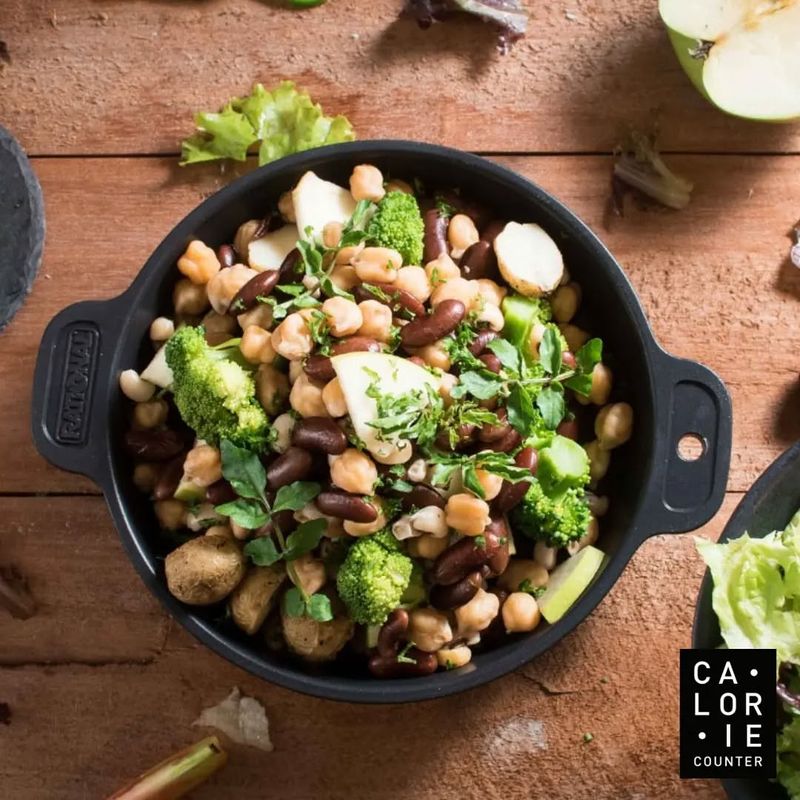
Legumes such as beans, lentils, and chickpeas must be cooked to break down lectins and phytic acid, compounds that can cause digestive distress when raw.
Cooking also enhances their flavor and texture, creating a hearty base for soups, stews, and salads. Their transformative journey from raw to cooked makes them more digestible and nutritious, unlocking their full potential.
7. Potatoes
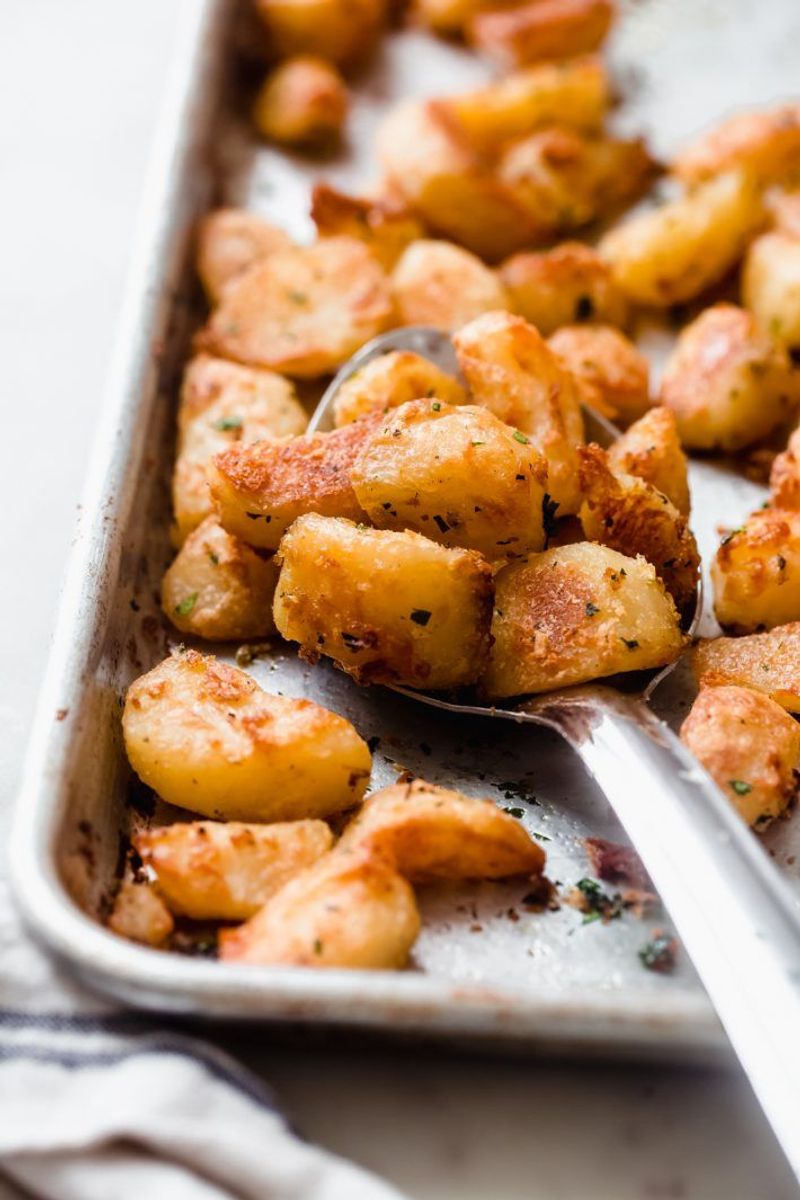
Raw potatoes can be hard to digest and contain solanine, a compound that can be toxic. Cooking them not only makes them safe but also delicious, transforming them into a comforting staple.
Roasted, mashed, or fried, cooked potatoes offer a texture and flavor that raw ones can’t match, turning them into a beloved part of any feast.
8. Eggplant
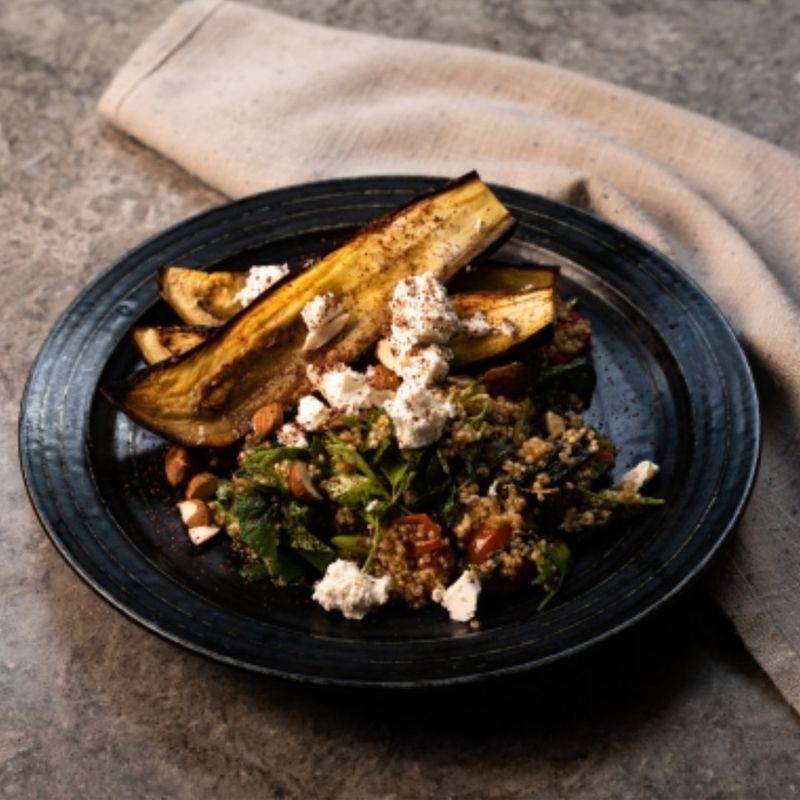
Cooking eggplant reduces its natural bitterness and eliminates solanine, making it a safe and delightful addition to many dishes. Grilling or roasting boosts the absorption of antioxidants like nasunin, providing both flavor and health benefits.
The soft, creamy texture that results from cooking is a far cry from its raw state, offering a taste that’s both unique and satisfying.
Allow cooked eggplant to surprise your palate with its rich flavor and nutritional depth, transforming this humble vegetable into a star ingredient.
9. Brussels Sprouts

Cooking Brussels sprouts tones down their sulfurous flavor and makes their fiber easier on the gut. Roasting brings out a sweet, nutty taste, turning them into a delicious side dish that’s a far cry from their raw form.
The crispy leaves and tender centers offer a texture that’s both satisfying and nutritious. Let the magic of cooking transform Brussels sprouts into a culinary delight, enhancing their taste and making them a much-loved part of your meal plan.
10. Kale
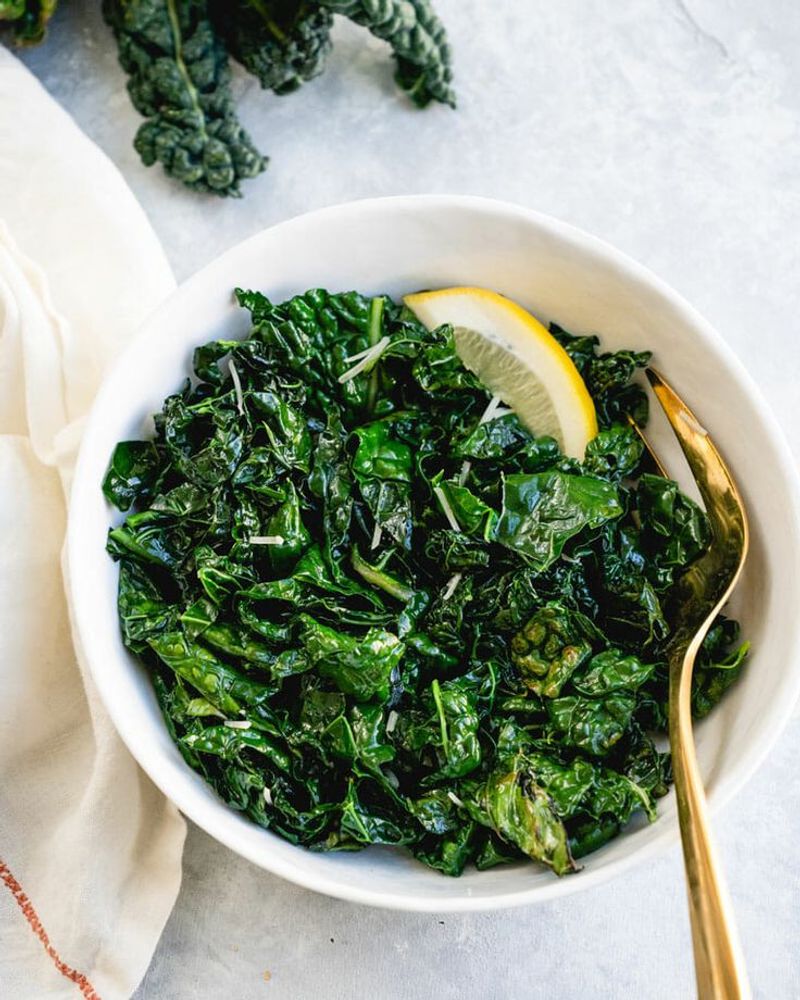
Raw kale might be trendy, but its goitrogens can interfere with thyroid function. Lightly steaming it reduces this risk while keeping it nutrient-rich and delicious.
The softer texture and mellow flavor make it a versatile addition to various dishes, from salads to hearty soups. Let steamed kale bring a nutritious touch to your meals, offering a balance of taste and health that raw kale sometimes can’t provide.
Leave a comment